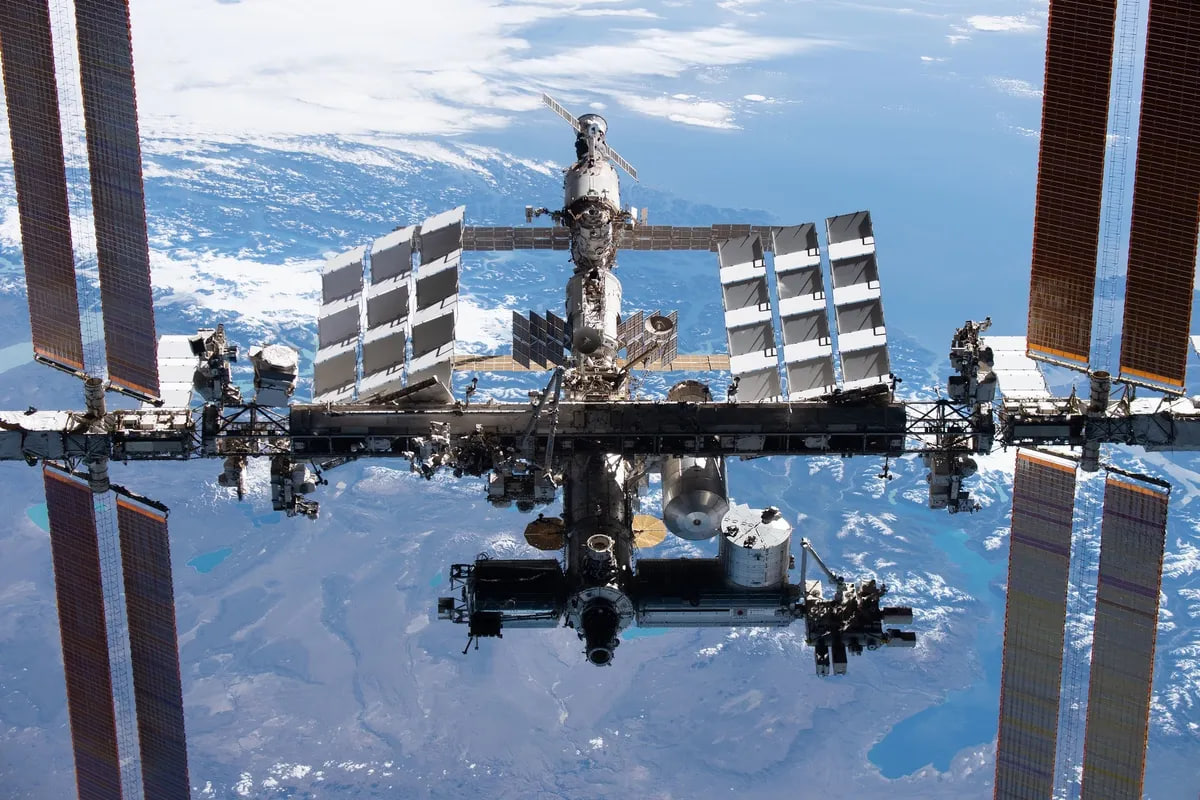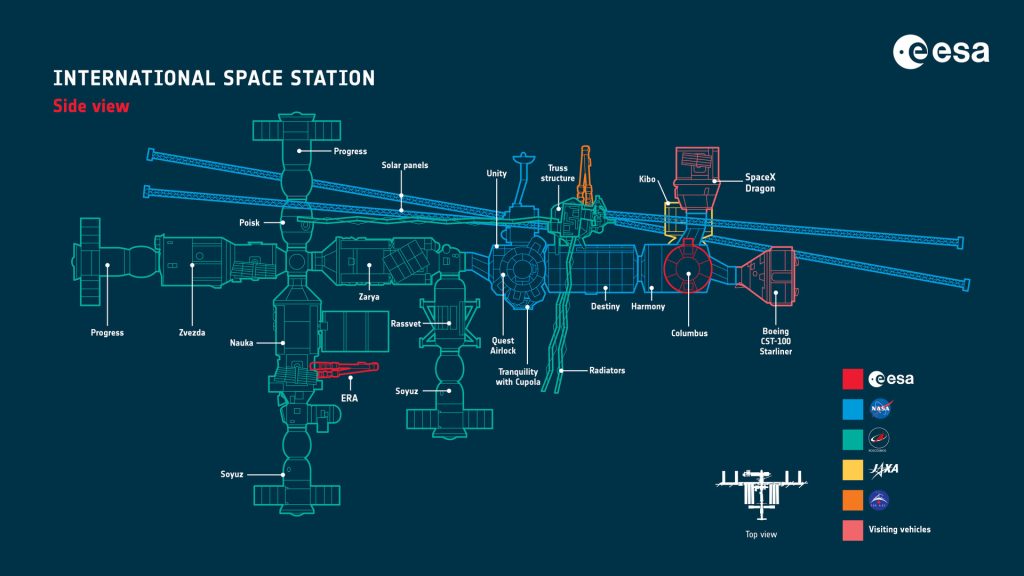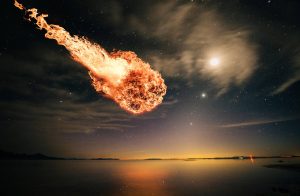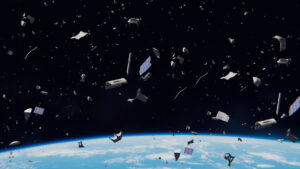ISS Swan Song: SpaceX And NASA Working On The Orbital Station’s Final Mission
28th Jun 2024
On 26 June, NASA announced its decision to award a contract to SpaceX to design and build a special USDV (U.S. Deorbit Vehicle) spacecraft. This project’s main and only task will be to safely complete the mission of the International Space Station (ISS) by its controlled deorbit in 2030.
The Contract Of The Century
Under the terms of the contract, which is currently valued at $843 million, NASA will wholly own and operate the spacecraft rather than purchasing SpaceX’s services, as is currently the case when delivering cargo and astronauts to the ISS. So far, neither party has not released details of the upcoming mission and the design of the vehicle, but it is expected that the spacecraft will be based on SpaceX Dragon reusable unmanned transport spacecraft, which has already passed the reliability test and since 2010 has managed to fly 22 times to the ISS, delivering to the station about 43 tonnes of payloads.

Orbital Lab’s Final Play
According to the mission plan, the “Space Haron” will be launched one year before the planned end of the station and will dock with the Harmony module, which is manufactured under contract with NASA at the Alenia Spazio facility in Turin (Italy) and serves as a connecting link between the American Destiny laboratory module, the European Columbus module, and the Japanese Kibo module. By the way, the ISS Node 2 module received its name “Harmony” on 15 March 2007 based on the results of a survey conducted among schoolchildren and students from all over the world.
After docking with the ISS, the spacecraft performs a series of maneuvers to ensure a controlled re-entry of the station into the Earth’s atmosphere over a remote region in the South Pacific Ocean.
When the station’s orbit is down to 220 kilometers, the spacecraft will perform several propulsion system engagements to reduce the ISS orbit perigee to 160 kilometers. Both the station and the docked vehicle will then undergo a final deorbit and disintegrate into the atmosphere with minimal risk to people on Earth.
Due to the high cost of fuel for this final maneuver of the space station, the natural resistance of the Earth’s atmosphere will be maximized to reduce the station’s altitude in preparation for deorbiting. Once the debris enters the ocean, it is expected to settle on the ocean floor. Based on the conclusions of the International Space Station Environmental Impact Statement, no significant long-term effects are expected to occur.
A Mission With No Alternatives
According to NASA in its white paper, which was released at the same time as the SpaceX contract announcement, deorbiting the space station at the end of its life is the safest and only viable method of decommissioning this historic symbol of science, technology, and cooperation.
NASA’s official 6-page document outlines a wide variety of options for dealing with the station’s disposal. For example, dismantling the station and returning the components to Earth or repurposing them in orbit, taking the station to a higher orbit, or transferring the station to a commercial operator. However, all alternatives were ruled out for technical reasons or because the station components belong to several countries. The chosen approach to decommissioning the ISS is recognized as the only feasible and appropriate one.
The document states, “If operations are extended beyond 2030 for any reason, USDV can remain on the ground pending a final decision on deorbiting.”
Significance Of The ISS
The International Space Station is the longest-lived crewed vehicle in space in human history. The research and operations on board continue to benefit humanity on Earth and future human exploration of the solar system, which will be felt for decades to come.






Thank you for your comment! It will be visible on the site after moderation.